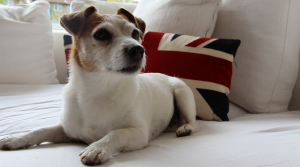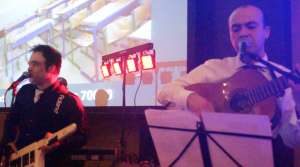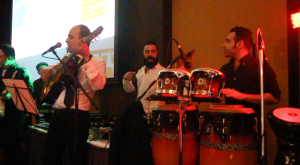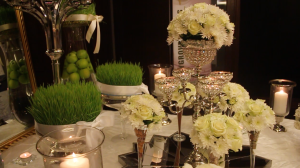Previously mentioning about my intention to display the diversity within the locations and cultures between the two countries, to demonstrate the different ways of life, I essentially translated the footage taken in Dubai into the western version. Here are some shots I filmed, fragments of London to assist my aim to show the contrasting cultures:






Each photograph (from the video) I feel contribute to the representation of my mothers British cultural identity. Living in England since the age of 14, she has spent more of her life in England than Iran. Evidently living in the UK for the most part of her life, can rise questions about her true national identity. Recent theorist such as McCrone and Bechhofer have explored the pattern of ‘choosing identities’, separating national identity from citizenship, thus devaluing the role of the passport in shaping ones national identity. National Identity critiqued by many theorists as a formation as a result of political power as Benedict Anderson states that national identity is a ‘political project of identity creation, employed to create a nation and to achieve a coherent collective identity, and in the mobilisation of people within a certain territory’ (Saleh, 2012, p51). Furthermore Anderson comprehends national identity as a social construct, as a political manifestation which aims to internalise patriotism within citizens within the location. Gellner also agree’s that ‘nationalism is not the awakening of nations to self- consciousness: it invents nations where they do not exist’ (Gellner cited in Saleh, 2012, p51). I found this point extremely interesting as in relation to my documentary which focuses on the families departure of Iran due to the political/religious revolution. If politics are the founders of national identity and community, then if one does not agree with the political views or opinions, does this then mean that one cannot identify themselves as part of that nation? Does this personal challenge or opposition to political status then marginalize citizens from their homeland? Within my documentary, I aim to show this conflict within the interviewee’s responses to my questions, as although the disapproving to the Islamised politics in Iran, the family members still identify as Iranian, yet under the memories they retain during the Shah’s era. For Iranians, especially transnational and diasporic Iranian’s, national identity has been viewed as an extremely complex and fragmented issue due to the variety of socio-political shifts the country has faced. Saleh has argued that Iranian ‘identity tentatively attempts to draw bridges between the extreme, divergent and contentious duality of Islamism and nationalism, pre-Islamic and post-Islamic, pro-Western and anti-imperialist approaches. (Saleh, 2012, 56), aiming to unite a diverse range of political viewpoints of within Iranian society. Thus in my families case, preserving part of their national identity from an era which is now non-existant, or even a part which was never to be achieved (wanting change from the Shah, but not expecting Islamic fundamentalism to dominate). Essentially, my documentary investigates how national and cultural identity can be preserved, in outside or foreign societies, and how the complexity of national idenity within in Iran has had problematic reprecussions on Iranian citizen who attempt gain the sense of belonging through cultural and spatial shifts.
References
Saleh, A. (2012) ‘Iran’s National Identity Problematic’, Sfera Politicii, 20 (4), pp. 50–58.











